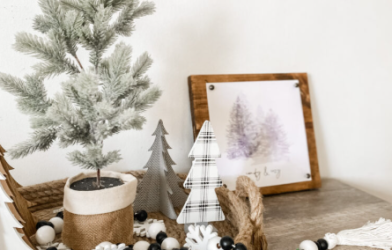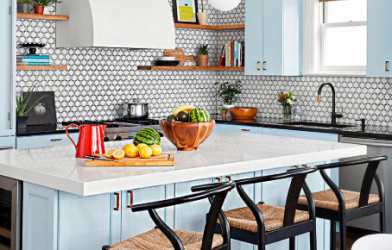Subtotal $0.00
As a color enthusiast, I often receive questions about color palettes beyond the usual interior and exterior designs. One of the areas people ask about the most is landscaping and choosing the right colors for their garden. While I’m not a landscape architect, I’ve developed a decent green thumb over the years and enjoy helping others create beautiful outdoor spaces with the right color selections.
The beauty of garden colors lies in the endless possibilities and the inspiration you can draw from nature’s palette. Whether you’re gardening to grow your own vegetables, create seasonal floral displays, or just to craft a colorful oasis in your yard, gardening is a rewarding and relaxing hobby. In this post, I’ll share some tips on how to make the most of the colors in your garden to achieve the outdoor space you envision.
How Sunlight Affects Garden Colors
Before you start picking plants and planning arrangements, take a moment to observe how the sunlight interacts with your garden throughout the day. Areas with varying amounts of sunlight will affect how plants look. The light exposure will influence which colors work best in different areas of your garden.
For shaded parts of your garden, consider using plants with softer colors like pastel pinks, light purples, pale yellows, and soft blues. These shades can add a subtle glow without overwhelming the space. They create a serene atmosphere that works well in low-light areas.
In sun-drenched spots, however, you’ll want to choose plants with deeper, more vibrant colors. Lighter colors tend to get washed out in direct sunlight, while rich tones like deep blues, bold oranges, and vivid reds can absorb the sunlight and make a striking impression.
Creating Harmony or Drama with Color Combinations
When selecting plants for your garden, it’s important to think about the overall color scheme and how the plants will complement or contrast with one another.
For a peaceful, calming effect, try using harmonious colors—those next to each other on the color wheel. Examples include purple periwinkles paired with blue hydrangeas or a mix of red and yellow tulips. These color combinations tend to blend well and create a cohesive look. Similarly, pairing purple allium with blue irises or pinkish-purple liatris can add a delightful touch of harmony to your space.
If you prefer a bolder, more dynamic look, complementary colors are a great choice. These colors sit opposite each other on the color wheel, and when used together, they create contrast and excitement. For instance, you could pair a deep blue iris with bright yellow daisies or combine soft pink begonias with lime green spider mums for a high-energy, attention-grabbing effect.
Taking Advantage of Seasonal Changes
One of the most exciting aspects of gardening is the way plants change with the seasons. Some plants offer a beautiful display of color in one season and transition to new hues as the year goes on. This can keep your garden looking fresh and vibrant throughout the year.
Take the viburnum shrub, for example. It produces lovely pink berries during the late summer, but as fall approaches, the berries turn blue and the leaves shift to deep red, giving you a beautiful new color palette. There are many plants that offer similar seasonal transformations, ensuring that your garden stays full of color from spring through fall.
Timing Is Everything
To create a truly stunning garden, it’s important to plan the blooming sequence of your plants. I enjoy taking the time to plant flowers that bloom at different times, ensuring that there’s always something new to enjoy. For instance, I’ve planted astilbe with vibrant pink plumes, followed by liatris in a rich purple, and finally, Black-eyed Susans with their cheerful yellow flowers. By staggering the blooming times of different plants, you can keep your garden looking dynamic and colorful throughout the season.
It takes some effort to get the timing right, but creating a bloom chart helps me stay organized. With a little patience and careful planning, the results are always worth it.
Share Your Garden Color Stories
As a color expert, I’m always excited to hear about the color choices others make in their gardens. Do you have any favorite plants that bring your garden to life with color? I’d love to hear about the arrangements that have inspired you!












